Freeform electronics, as the name implies, it is a unique style of building electronic circuits. This method of circuit construction is not only intended for its functionality but also for its inherent aesthetic value, challenging nature and enjoyable journey from an idea to finished product. Styles within freeform electronics go under different names such as “dead bug”, “Manhattan”, or “air-wired”. This article will give a brief introduction about Freeform Electronics and it’s history.
HISTORY OF FREEFORM ELECTRONICS:
In the beginning, Freeform electronics didn’t start out with the intent to build something that please our eyes. Originally it was practiced as a quick way of prototyping without having to design and manufacture PCBs. Circuits built in the “dead bug” style also benefits from having a copper plate beneath it. This offers efficient grounding and reduced electromagnetic interference. These reasons made Freeform construction popular among radio enthusiasts during 80s, despite its bizarre looks.
Later these techniques were adopted and developed for aesthetic purposes by artists such as Peter Vogel, Walter Giers and Alain Le Boucher.
FREEFORM CUBE:
The picture above is from one of my sculptures named Cubic #2. It is an attempt at recreating the structure of a PCB, but without the copper-traced substrate. It was designed in Eagle as a normal PCB and later developed into a three-dimensional object.
LIMITATIONS OF FREEFORM ELECTRONICS:
Freeform circuits have their limitations such as complexity, weight and electrical precision. The long copper wires used in these circuits can work as unintended antennas, which can be particularly problematic in audio amplifier circuits as they will amplify any noise picked up by wires. Noise can also be generated by the mixing of analog and digital grounds, which can be hard to separate depending on the shape of construction. The weight issue speaks for itself. Imagine having a transformer hanging from a couple of 14 AWG copper wires while trying to keep the mechanical structure intact. Balancing the weight across the entire sculpture and keeping it stable can be a real pain.
I hope this article would have given you some basic understanding about Freeform electronics, it’s history, why it is practiced and of course it’s limitations. If you are interested to learn more about it, visit my website www.eirikbrandal.com or Instagram page where I will showcase my Freeform builds.

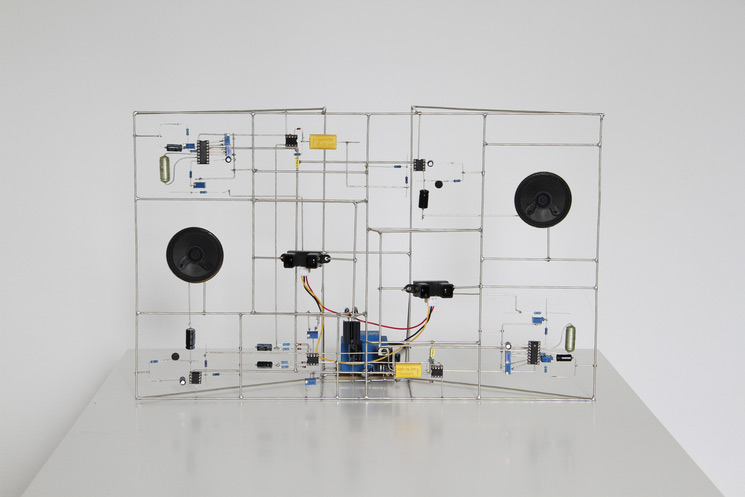
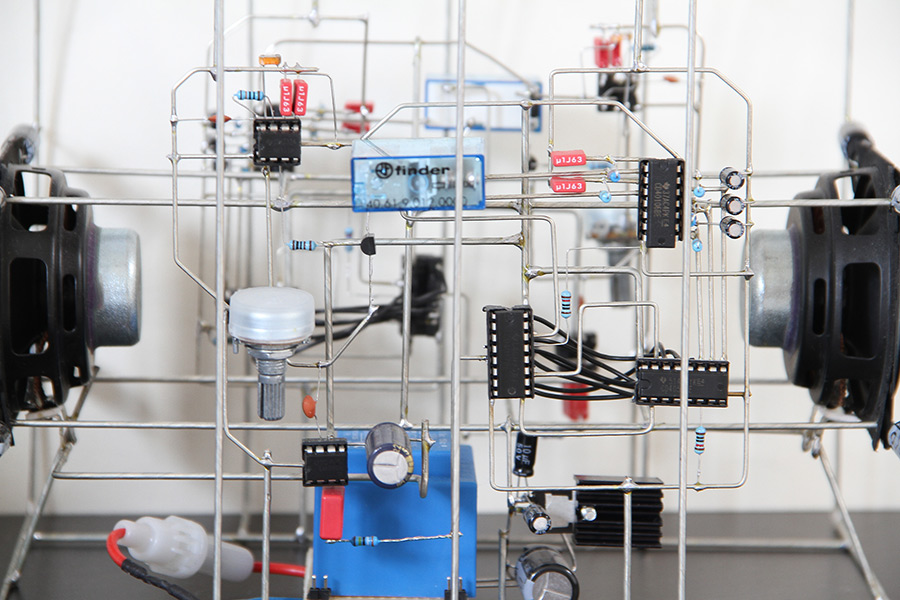

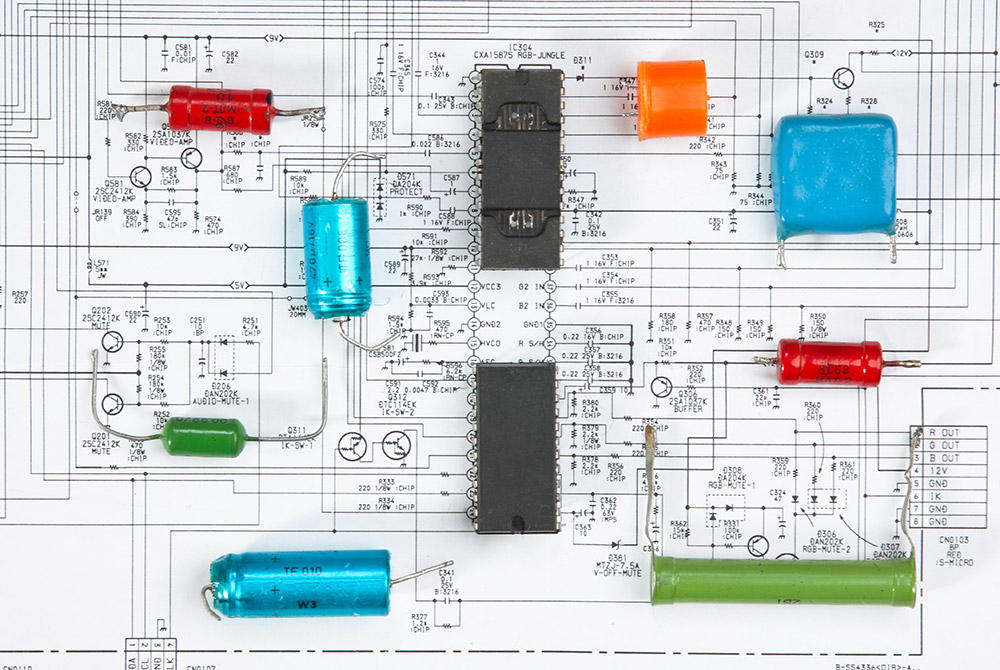
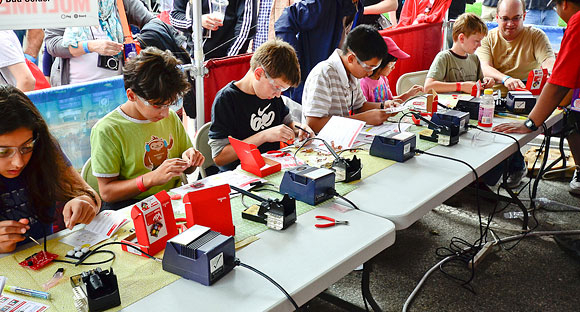
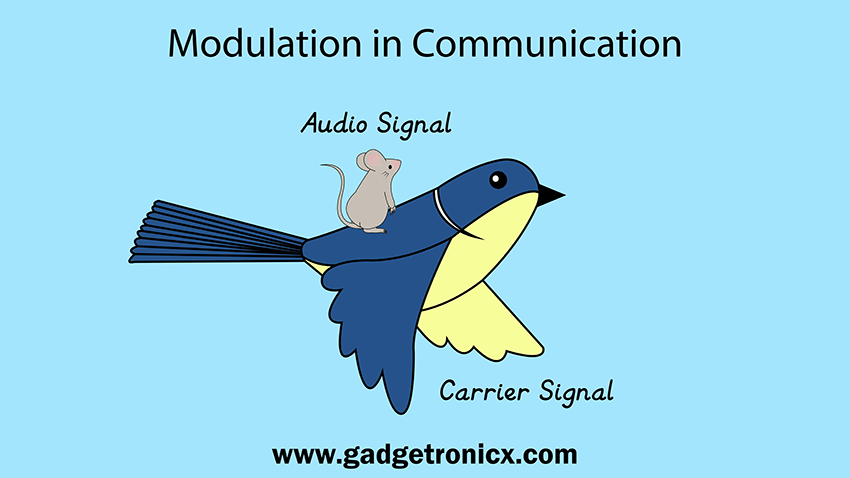



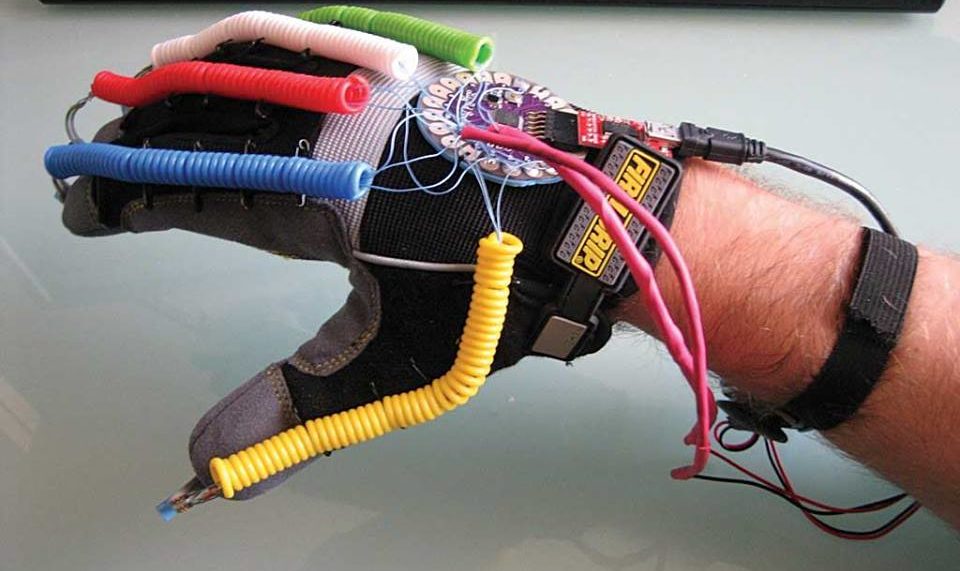
Really inspiring work!, I have one questions, Which materials are recommended for wiring those circuits?
if you touch it, wouldn’t it be dangerous?
Cesar,
Yes it can be dangerous.